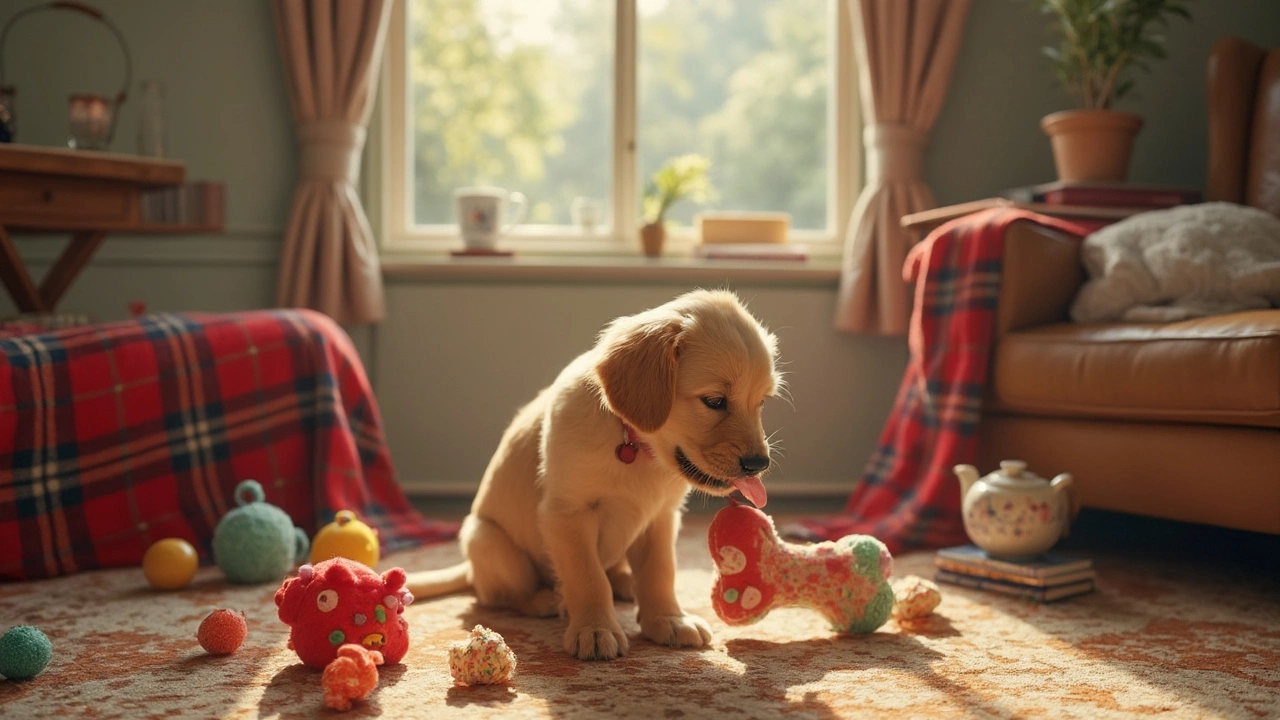New Puppy Tips: Practical Advice for First‑Time Owners
Got a tiny ball of fur and wondering where to start? You’re not alone. The first weeks are a mix of excitement and confusion, but a few simple habits can set you up for a calm, well‑behaved dog. Below are the basics you can put into action today.
Training Basics You Can Start Today
Start with a name and a cue. Call your puppy by name and give a treat when they look at you. Do this a few times a day for short bursts – puppies have short attention spans. Soon they’ll link their name to attention, making every lesson easier.
House‑training works best with a schedule. Take your puppy out first thing in the morning, after meals, after play, and before bedtime. When they go outside, use the same word like “potty” and reward instantly. Consistency beats length – a five‑minute walk right after a nap beats a half‑hour walk once a day.
Teach “sit” before moving on to tricks. Hold a treat above the nose, move it back toward the tail, and as the pup follows, its bottom drops. Say “sit”, give the treat, and repeat. Short sessions (5‑10 minutes) keep the puppy interested and prevent frustration.
Everyday Care: Feeding, Sleeping, and Safety
Choose a high‑quality puppy food that lists a real meat first. Follow the package for portion size, but watch the pup’s weight – you should be able to feel ribs without a fat pad. Split the daily amount into three to four meals; it helps with digestion and steady energy.
Crate training can feel harsh, but it’s actually a safe den. Pick a crate just big enough for the puppy to stand, turn, and lie down. Put a comfy blanket inside, feed meals there, and let the pup explore on its own. Over time the crate becomes a calm spot, not a punishment.
Safety starts at home. Puppy‑proof the house by hiding cords, securing trash cans, and removing small objects they could swallow. Use baby gates to block off stairs or rooms you’re not ready to share.
Sleep is crucial. Puppies need 14‑18 hours a night, plus naps. A quiet corner with a crate or a low‑sided bed works well. Keep the temperature comfortable and limit bright lights – it helps them settle faster.
Socialisation is a daily habit. Introduce the pup to new sounds, people, and other vaccinated dogs in a controlled way. Short, positive encounters build confidence and lower fear later in life.
Finally, keep vet visits regular. A health check at 8 weeks, then at 12 weeks, and again at 16 weeks catches common issues early. Vaccinations, deworming, and a discussion about microchipping should be on the agenda.
These tips are a starting point. Stick to a routine, be patient, and celebrate small wins. Before long, you’ll have a well‑behaved companion who loves learning and following your lead.

Best Toys for New Puppies: What Actually Works
Figuring out which toys are best for a new puppy can feel overwhelming when shelves are packed with endless options. This article breaks down exactly what new puppy owners should look for, highlights how the right toy supports healthy chewing and learning, shares expert-backed tips, and explains what to avoid. Approachable and honest, it’ll help you set your puppy up for safe play and happy learning right from the start. Learn how to match toys to your puppy's needs and prevent common toy mistakes.
View more